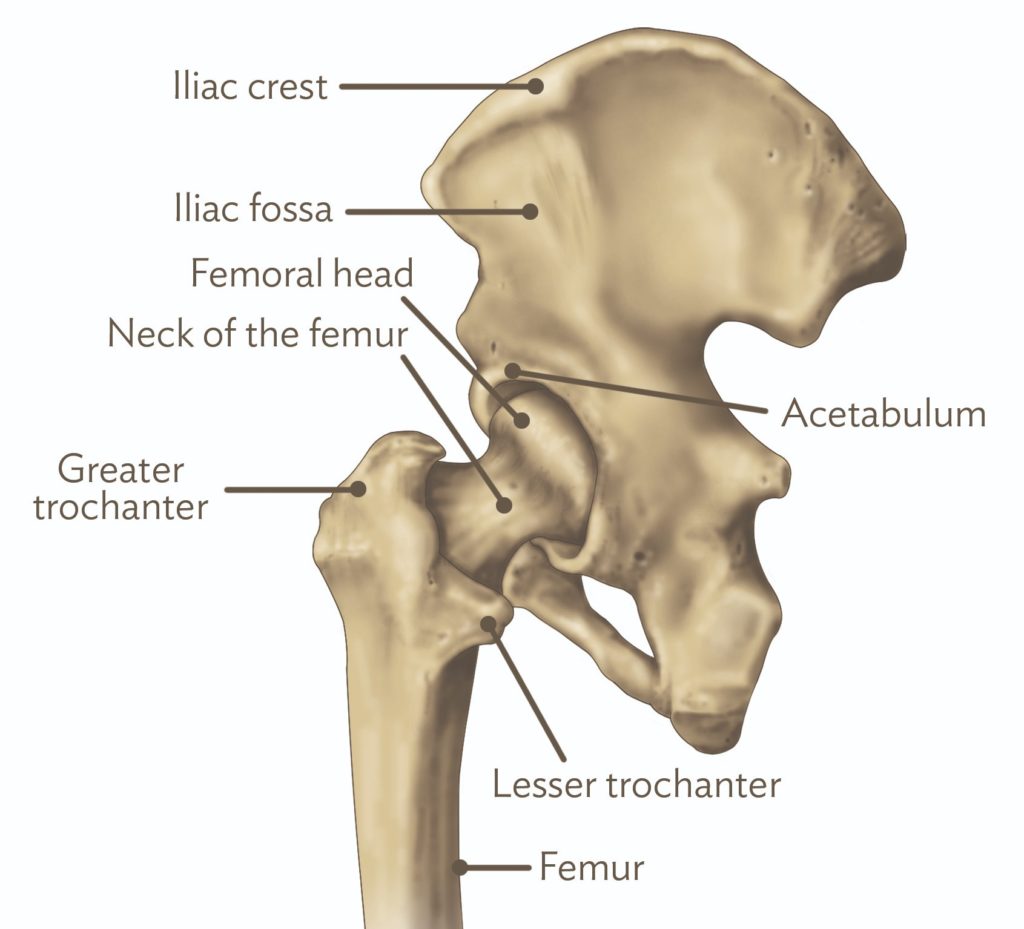
In a total hip replacement, your surgeon removes the arthritic ball of the upper thighbone or femur as well as damaged cartilage from the hip socket. The ball is replaced with a metal ball fixed solidly inside the femur. The socket is replaced with a plastic or metal liner usually fixed inside a metal shell. This creates a smoothly functioning joint that doesn’t hurt.
Our surgeons are versatile at the most advanced surgical techniques, including anterior hip replacement, a tissue-sparing alternative to traditional hip replacement. This procedure offers the potential for less pain, faster recovery and improved mobility because the muscle tissues are spared during the surgery.
Most surgeries go well without any complications; however, results will vary depending on the quality of the surrounding tissue, the severity of your arthritis at the time of surgery, your activity level and how well you follow your doctor’s instructions.
Most hip patients are hospitalized from one to two days after surgery. We recommend that most people take at least one month off work, unless their jobs are quite sedentary and they can return to work with crutches.
